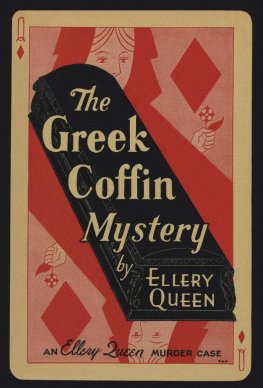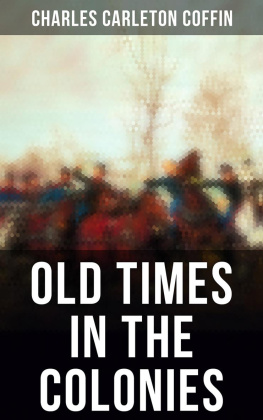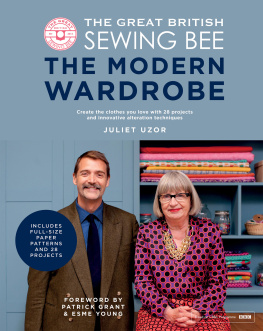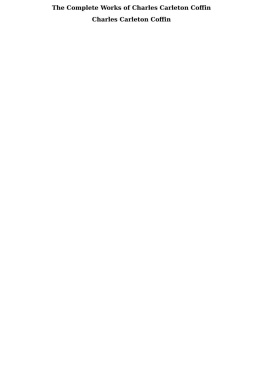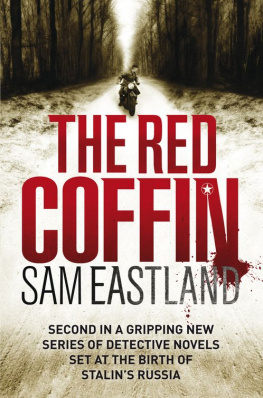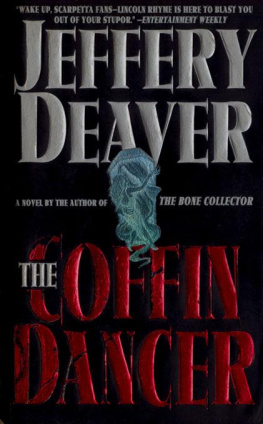
Copyright 2009 David Page Coffin
All rights reserved. No part of this work covered by the copyrights hereon may be reproduced or used in any form or by any meansgraphic, electronic, or mechanical, including photocopying, recording, taping of information on storage and retrieval systemswithout the written permission of the publisher.
Due to differing conditions, materials, and skill levels, the publisher and various manufacturers disclaim any liability for unsatisfactory results or injury due to improper use of tools, materials, or information in this publication.
First published in the United States of America by
Creative Publishing international, Inc., a member of
Quayside Publishing Group
400 First Avenue North
Suite 300
Minneapolis, MN 55401
1-800-328-3895
www.creativepub.com
ISBN-13: 978-1-58923-449-9
ISBN-10: 1-58923-449-9
Digital edition: 978-1-61673-391-9
10 9 8 7 6 5 4 3 2 1
Library of Congress Cataloging-in-Publication Data
Coffin, David Page.
Making trousers for men and women : a multimedia sewing workshop / David Coffin.
p. cm.
Includes index.
ISBN-13: 978-1-58923-449-9
ISBN-10: 1-58923-449-9
1. Pants. 2. Mens clothing. 3. Womens clothing. I. Title.
TT605.C65 2009
646.3--dc22
2009011156
Technical Editor: Carol Fresia
Copy Editor: Nancy Chute
Proofreader: Karen Ruth
Cover & Book Design: Kathie Alexander
Page Layout: Silke Braun
Fashion llustrations: Maite Lafuente
Printed in Singapore
MAKING
TROUSERS
for Men & Women
A MULTIMEDIA SEWING WORKSHOP
David Page Coffin

CONTENTS
Introduction:
Beyond Fit and Style
CHAPTER ONE
LEARNING FROM CUSTOM AND READY-TO-WEAR GARMENTS
CHAPTER TWO
TOOLS AND MATERIALS
CHAPTER THREE
BASIC CONSTRUCTION
CHAPTER FOUR
POCKETS
CHAPTER FIVE
FLY FRONTS
CHAPTER SIX
WAISTBANDS
CHAPTER SEVEN
REFINEMENTS
CHAPTER EIGHT
LEARNING FROM PROJECTS


HOW TO USE THIS BOOK
Greetings, and thanks for taking a look at my book! Before you flip to whatever the chase is for you on your pants-making journey, I hope youll read the introduction and , which is a tour of custom-made and ready-to-wear pants. This tour is my effort to bring readers to a common point of pants literacy. Well take a close look at selected samples from the trousers universe, and youll learn which elements I felt were interesting enough to demonstrate and to discuss in more detail throughout the rest of the book.
For more information, discussion, and book-related extras, visit http://makingtrouserswithdpc.blogspot.com , my blog all about making trousers and specifically designed for the readers of this book.
I hope you find this multimedia workshop fun and useful as you make your journey!
INTRODUCTION
BEYOND FIT AND STYLE
My very first sewn garment was a pair of pants. They didnt really fit (Id used an unaltered Vogue pattern), they were too hot, and the pockets were too big and in the wrong placebut they were exactly the pants Id wanted: made of tweed, lined in cotton sateen, with no belt loops, and with all-cotton pockets and a little pouch for my Swiss Army knife. I LOVED them! The main problem was that I had no idea how to create a second pair. My class instructor just took over whenever I didnt know what to do next. Shed handled the tricky parts and, of course, I still needed to refine all those pattern-related issues. So, I turned my attention to something I thought would be easier. Shirts! Ha!

.)
My most significant first step was to drag out the few mens and womens study pants Id collected over the years to examine their construction and details. (Youll get a good look at them in .) I knew that I would eventually make another pair of pants, so I was collecting interesting specimens to plunder. What exactly was I collecting? It didnt matter to me if they fit well, or even if I could wear them, or if they were generally in a style I liked. I wasnt planning on copying any of these garments entirely. The deciding factor was always in the details, either hidden deep inside the construction or visible on the surface. These compelling features are exactly the focus of this book: the details and the construction methods, not the fit or the style. All the details and construction ideas I have included can be applied to any style of pants and dont have much, if any, impact on the fit.
ON NOT FITTING PANTS
If I learned anything from my shirtmaking years, it was that fitting is a huge challenge that can easily eat up all your available sewing time and block all further sewing progress, if you let it. It also seemed that even apparently minor fitting problems could continue to resist solution if you didnt have a pretty comprehensive understanding of all the issues that could be involved. Because Id never wanted to sew for anyone but myself and a few loved ones, I saw no reason to become learned in these issues. If someone offered to provide me with a well-fitting, basic pants pattern or two so I could get on with the good stuff, Id be delighted! Well, it turns out there are a lot of skillful people who can provide that service, from local dressmakers or tailors to nationally recognized fitting specialists and sewing authorities.
My personal solution was to order a custom pants pattern draft by mail, using a measurement chart and posture questionnaire from Stanley Hostek, a wonderful and long-retired tailoring teacher who still offers a pants-drafting service. Id also been lucky enough to have a muslin-draping session with a fitting expert Id met while editing her article on pants-fitting for Threads magazine. By combining the best-working parts from both of the resulting patterns (they were remarkably similar) and tweaking my way through a simple muslin trial, I was in business. Moral of story: Pick your battles!
If you do want to become the pants-fitting guru in your neighborhood, youll need to test your skills on a LOT of bodies, but youll have plenty of help. Theres no more popular topic in the sewing literature than fitting, and pants are the number-one problem garment. Based on my experience as editor for many an article on this painful subject, Id personally gravitate toward drafting a basic pants pattern, either by hand or with a computer, as the first step to achieving a usable pattern (rather than trying to alter an existing commercial pattern). Even drafts, however, must be tested in muslin to reveal postural, weight distribution, and silhouette issues that arent easily captured in measurements.
The deciding factor was always in the details, either hidden deep inside the construction or visible on the surface.


